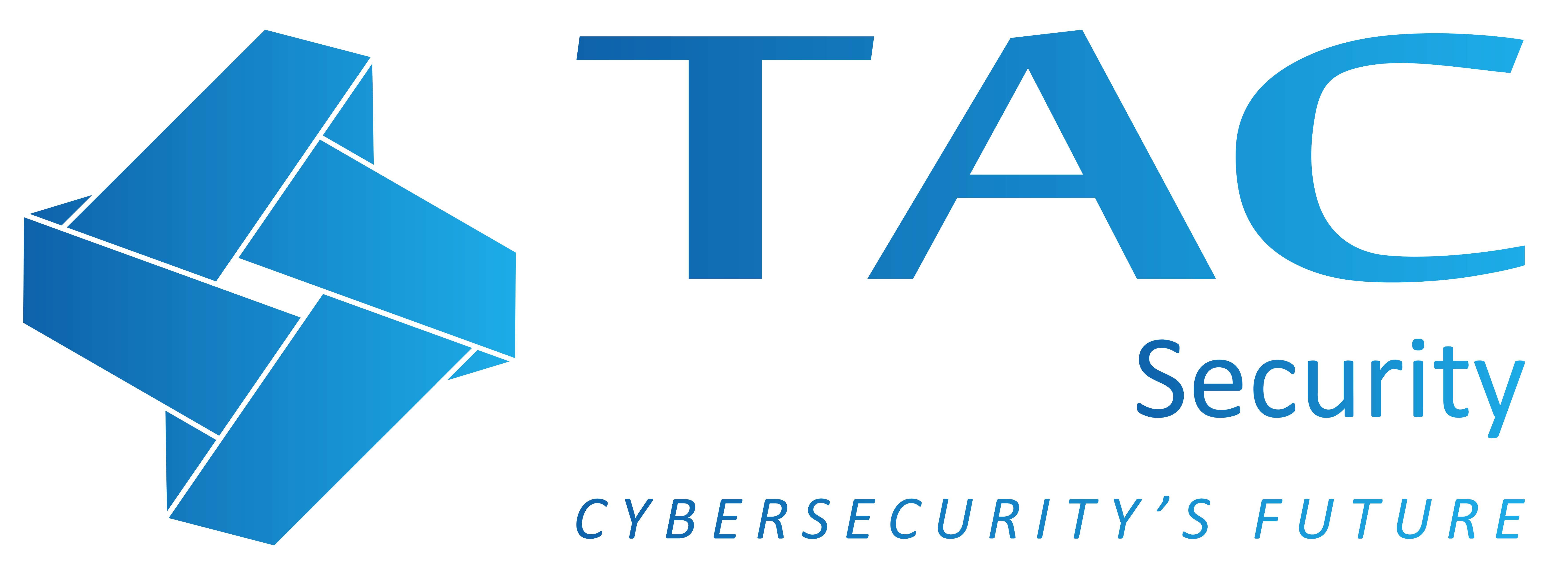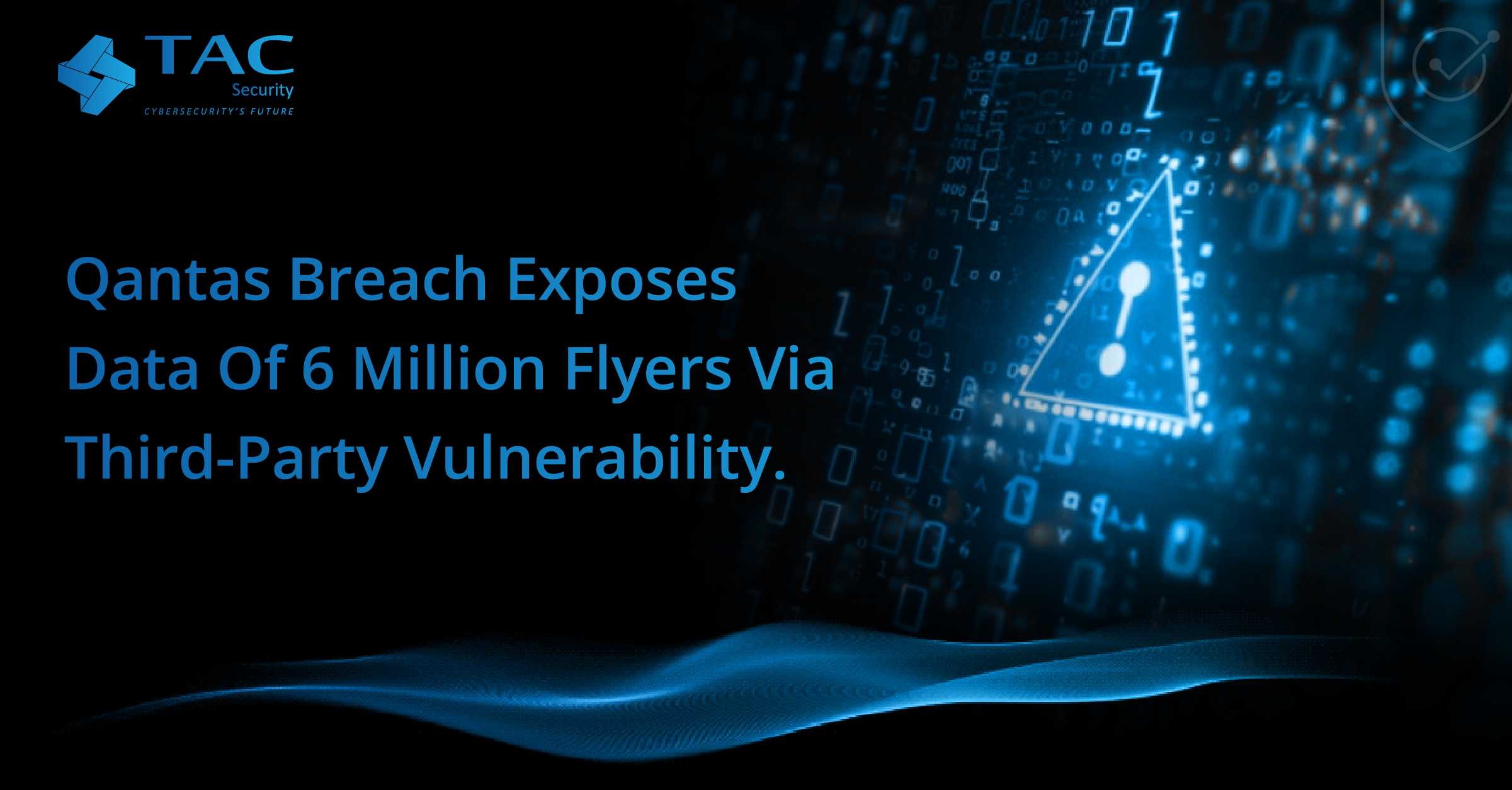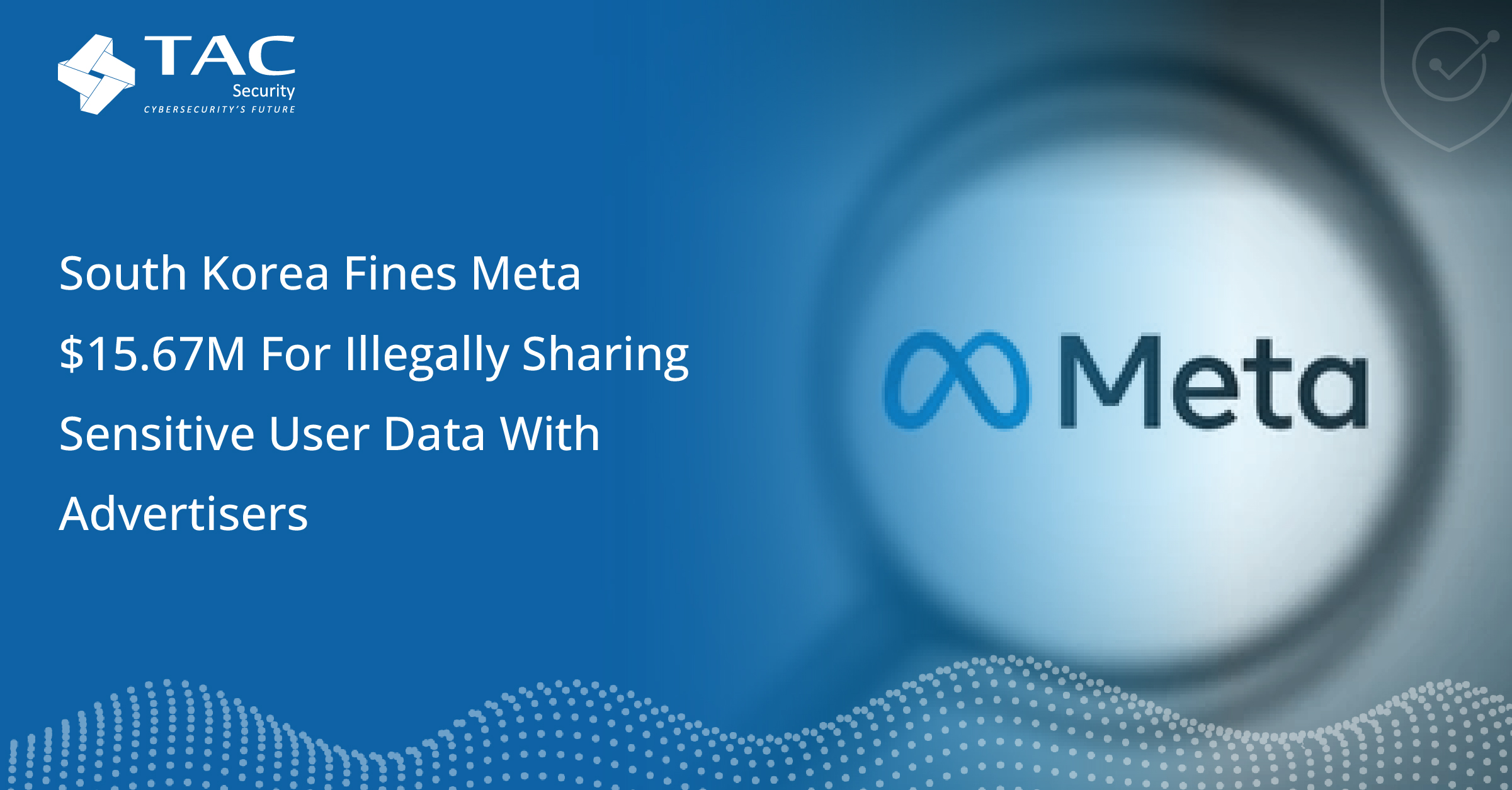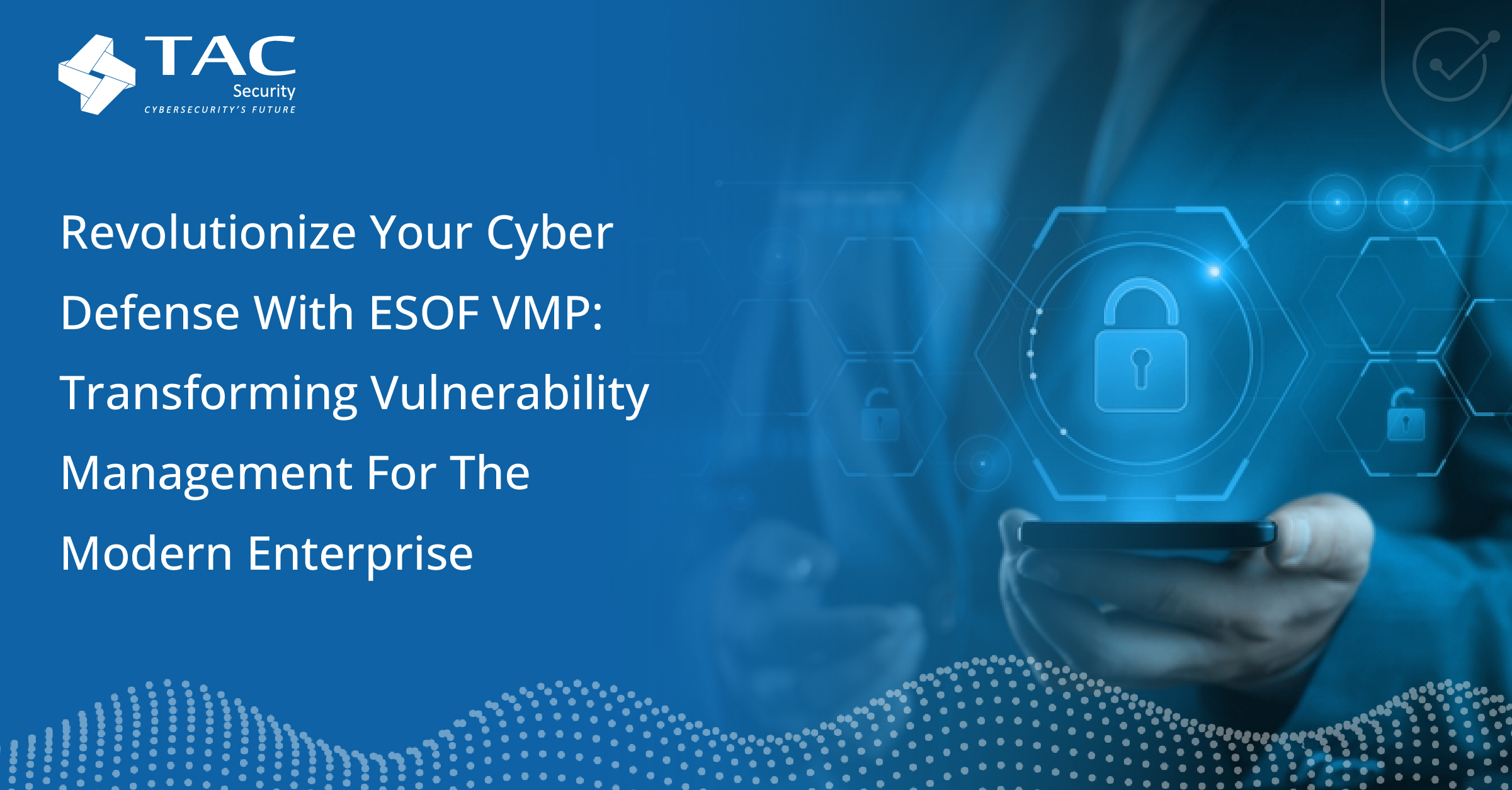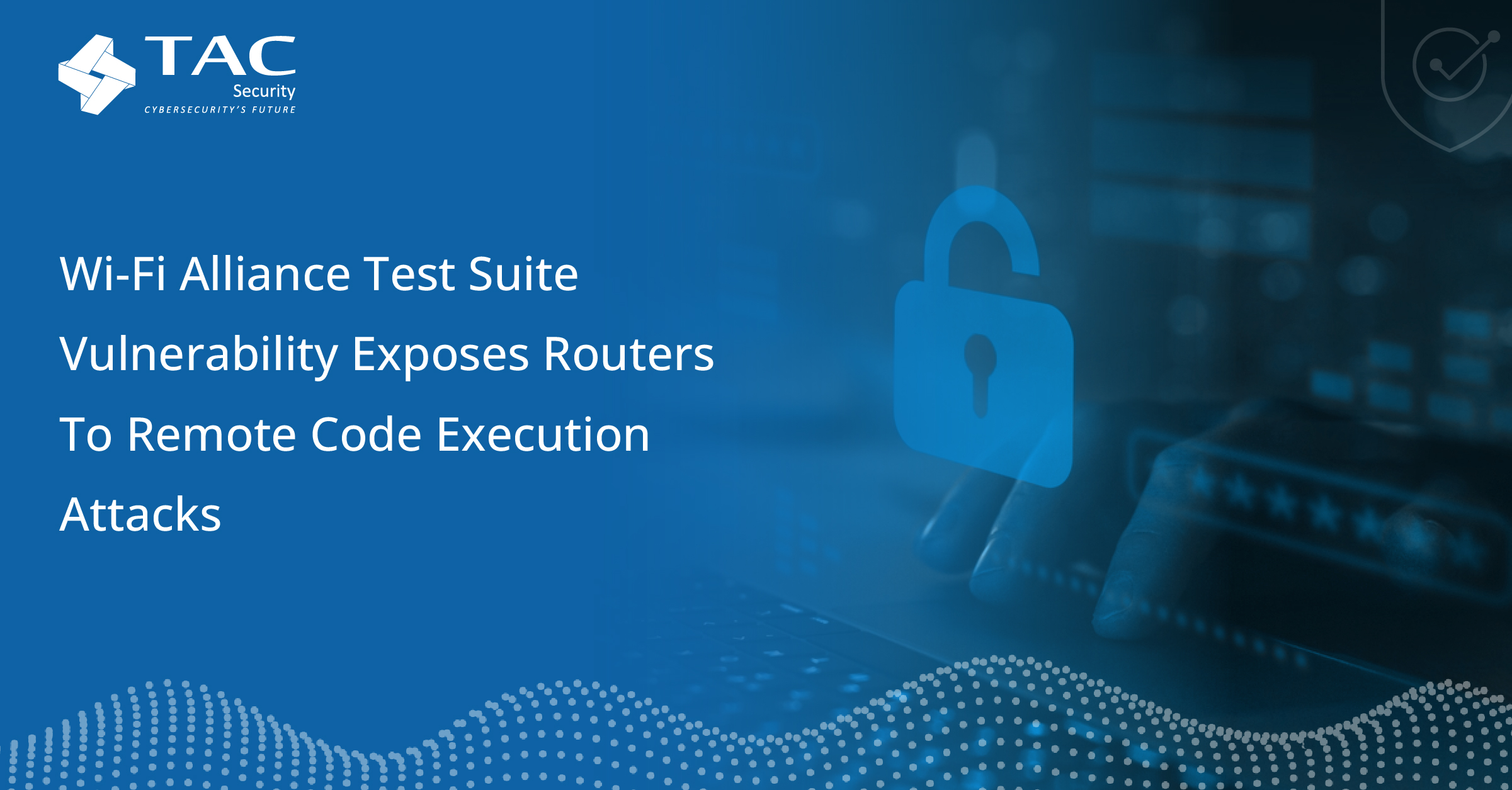MoneyGram Hack Exposes Financial Sector Vulnerabilities: How TAC Security Can Prevent Future Breaches
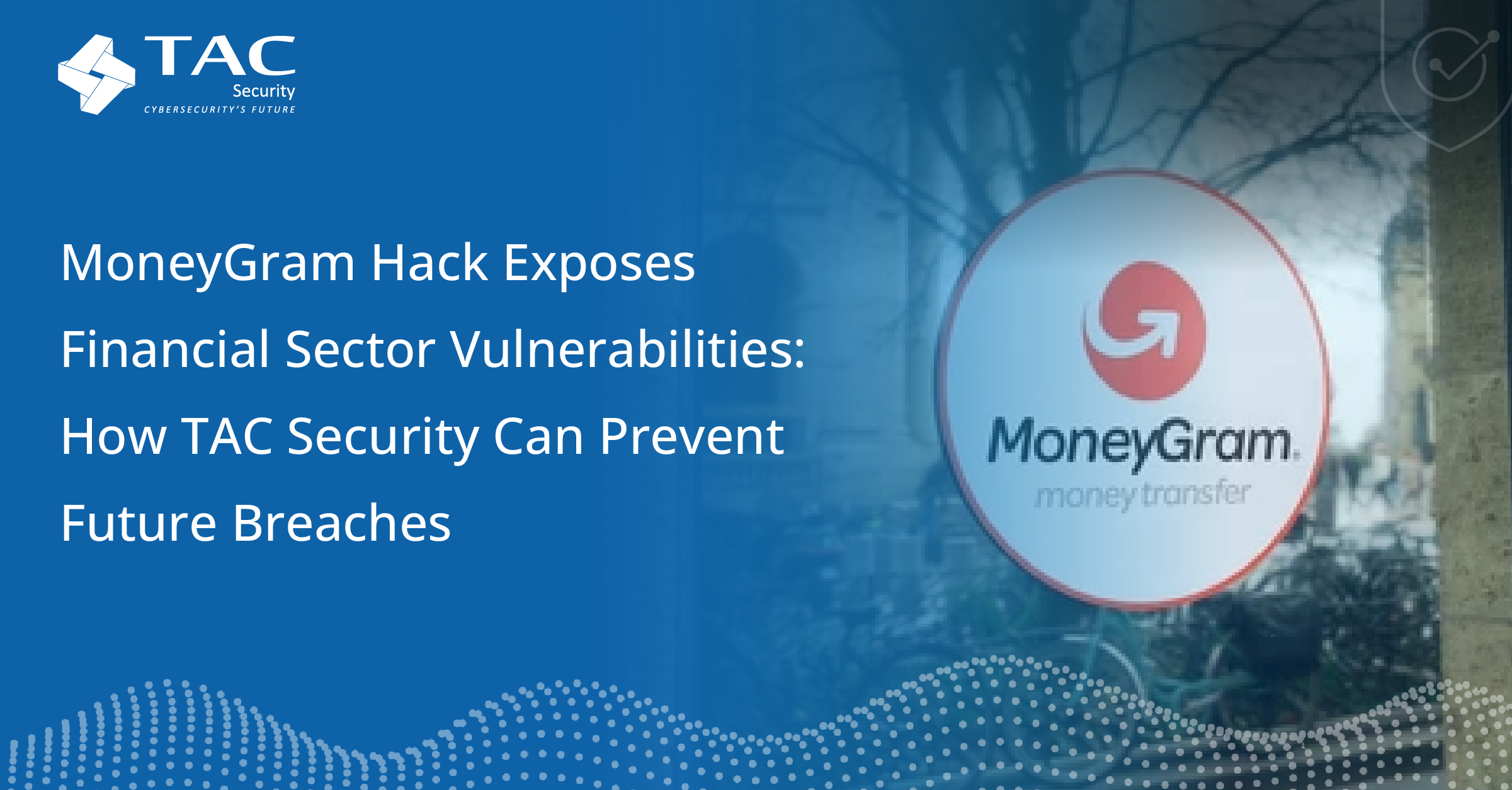
In a rapidly evolving digital world, financial institutions are prime targets for cybercriminals. The recent MoneyGram hack has once again highlighted the vulnerabilities in the financial sector, where personal and financial information of millions of customers can be at risk. MoneyGram, a global leader in money transfer services, recently faced a major cybersecurity breach that exposed sensitive customer data, disrupted services, and caused reputational damage. The incident serves as a wake-up call for financial organizations to prioritize cybersecurity, adopt cutting-edge solutions, and ensure they are well-protected against sophisticated cyber-attacks.
The MoneyGram Hack: What Happened?
MoneyGram experienced a significant cyber-attack in early October 2024, where threat actors exploited vulnerabilities in the company’s digital infrastructure. Reports indicate that the attackers were able to gain unauthorized access to customer data, including names, account numbers, and transaction histories. While the full extent of the breach is still under investigation, preliminary assessments suggest that the breach may have been caused by outdated security protocols and unpatched vulnerabilities within the company’s payment systems.
The attackers are believed to have used a combination of phishing attacks and malware to gain initial access before escalating their privileges to breach critical systems. As a result, not only was sensitive customer information compromised, but the attack also led to disruptions in MoneyGram’s core services, including delayed or failed transactions. This type of breach not only impacts the company’s immediate operations but also shakes customer trust in the long-term.
The Impact of the Hack
For a financial institution like MoneyGram, the repercussions of such a hack are significant. The breach exposed the company to:
- Data Theft: Sensitive customer data, including personally identifiable information (PII), was exposed. This puts customers at risk of identity theft and financial fraud.
- Operational Disruption: The hack led to disruptions in MoneyGram’s services, delaying transfers and causing frustration for customers who rely on fast and secure money transfers.
- Reputational Damage: Customers rely on financial institutions to safeguard their personal and financial data. Any breach of this trust can lead to long-term reputational damage and customer loss.
- Regulatory Scrutiny: Financial institutions are subject to stringent regulatory requirements for data security. A breach of this magnitude may lead to investigations, fines, and sanctions from regulatory authorities.
How TAC Security Can Help Mitigate Future Attacks
TAC Security, a leader in vulnerability management and risk quantification, is equipped to provide financial institutions like MoneyGram with comprehensive cybersecurity solutions to prevent future attacks and minimize the damage in case of a breach.
1. Vulnerability Management Platform (VMP)
TAC Security’s VMP continuously scans for vulnerabilities across an organization’s digital infrastructure. Financial institutions like MoneyGram handle a vast amount of sensitive data, making them prime targets for hackers. With VMP, organizations can identify and address potential vulnerabilities before attackers have a chance to exploit them.
By regularly scanning systems, applications, and networks, VMP ensures that the organization’s security posture remains strong. Any outdated software or unpatched vulnerabilities are flagged and prioritized for remediation, significantly reducing the attack surface.
2. Comprehensive Risk Quantification (CRQ)
One of the biggest challenges organizations face is determining which vulnerabilities pose the highest risk. TAC Security’s CRQ solution helps organizations like MoneyGram by quantifying risks and prioritizing them based on potential impact. This approach ensures that cybersecurity resources are allocated effectively, focusing on the most critical threats that could cause the greatest damage.
With CRQ, MoneyGram would be able to identify which areas of their infrastructure require immediate attention, ensuring they can focus on mitigating the most dangerous vulnerabilities and reducing overall risk.
3. AppSec for Secure Financial Applications
MoneyGram, like other financial institutions, relies on a range of digital platforms and applications to process financial transactions. TAC Security’s AppSec solution ensures that these applications are secure by detecting and mitigating vulnerabilities within the code. By conducting thorough application security assessments, TAC Security can help prevent future breaches by securing the very platforms that handle sensitive financial information.
Whether it’s through regular security testing or deploying secure development practices, TAC Security ensures that financial software is free from vulnerabilities that could be exploited by hackers.
4. Incident Response and Forensics
In the unfortunate event of a breach, having a strong incident response plan is critical. TAC Security offers incident response and forensic services that can help organizations like MoneyGram quickly respond to a cyber-attack, minimize damage, and get back online swiftly. TAC Security’s incident response team works to identify the source of the breach, contain the attack, and restore normal operations with minimal disruption.
Additionally, forensic analysis helps uncover the techniques used by the attackers, providing valuable insights into how to prevent similar attacks in the future.
5. Employee Training and Awareness
One of the most common ways cybercriminals gain access to sensitive data is through human error—typically via phishing attacks or social engineering. TAC Security offers tailored employee training programs to help organizations like MoneyGram ensure their staff can recognize potential threats. By improving cybersecurity hygiene among employees, financial institutions can significantly reduce the likelihood of falling victim to phishing schemes or insider threats.
6. Zero Trust Architecture
The Zero Trust model is a modern security approach where no user or device is trusted by default, even if they are inside the network. TAC Security helps organizations implement Zero Trust principles, ensuring that access to sensitive systems is only granted on a need-to-know basis and is continuously monitored. This approach would limit an attacker’s ability to move laterally within MoneyGram’s network, even if they manage to breach initial defenses.
Building a Stronger Cybersecurity Framework
The MoneyGram hack is a stark reminder that even the most established financial institutions are vulnerable to cyber-attacks. However, with the right cybersecurity strategies in place, organizations can protect their systems and prevent future breaches. TAC Security offers a holistic approach to cybersecurity, combining advanced vulnerability management, risk quantification, and proactive security measures to safeguard sensitive financial data.
As cyber threats continue to evolve, partnering with TAC Security ensures that financial institutions like MoneyGram can stay ahead of attackers and maintain customer trust.
Take Action Now
In an age where financial institutions are frequent targets for cybercriminals, investing in cutting-edge cybersecurity solutions is more important than ever. TAC Security provides the expertise and technology needed to defend against sophisticated attacks and ensure that your organization is resilient in the face of evolving threats. Contact TAC Security today to learn more about how we can help secure your organization’s future.
